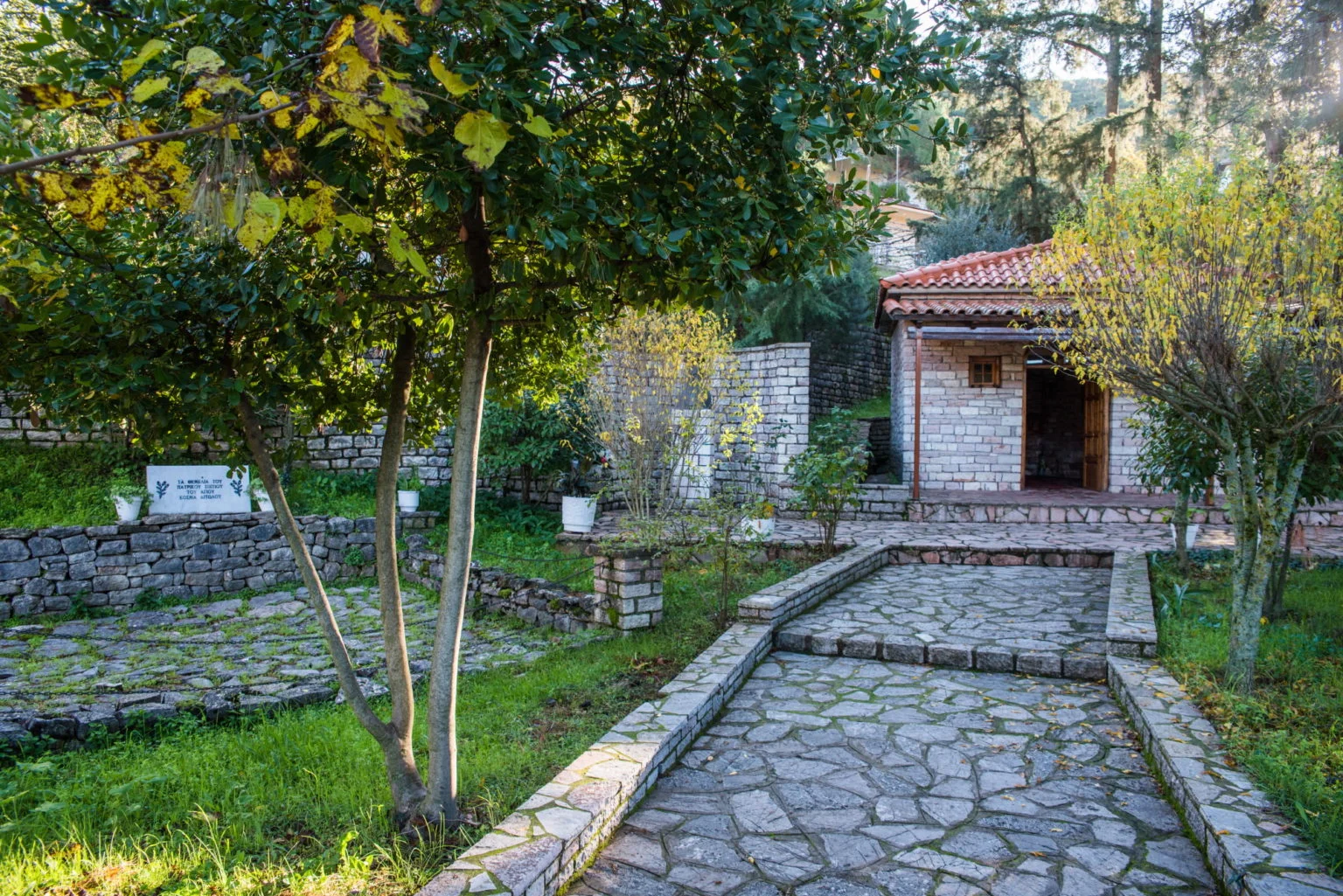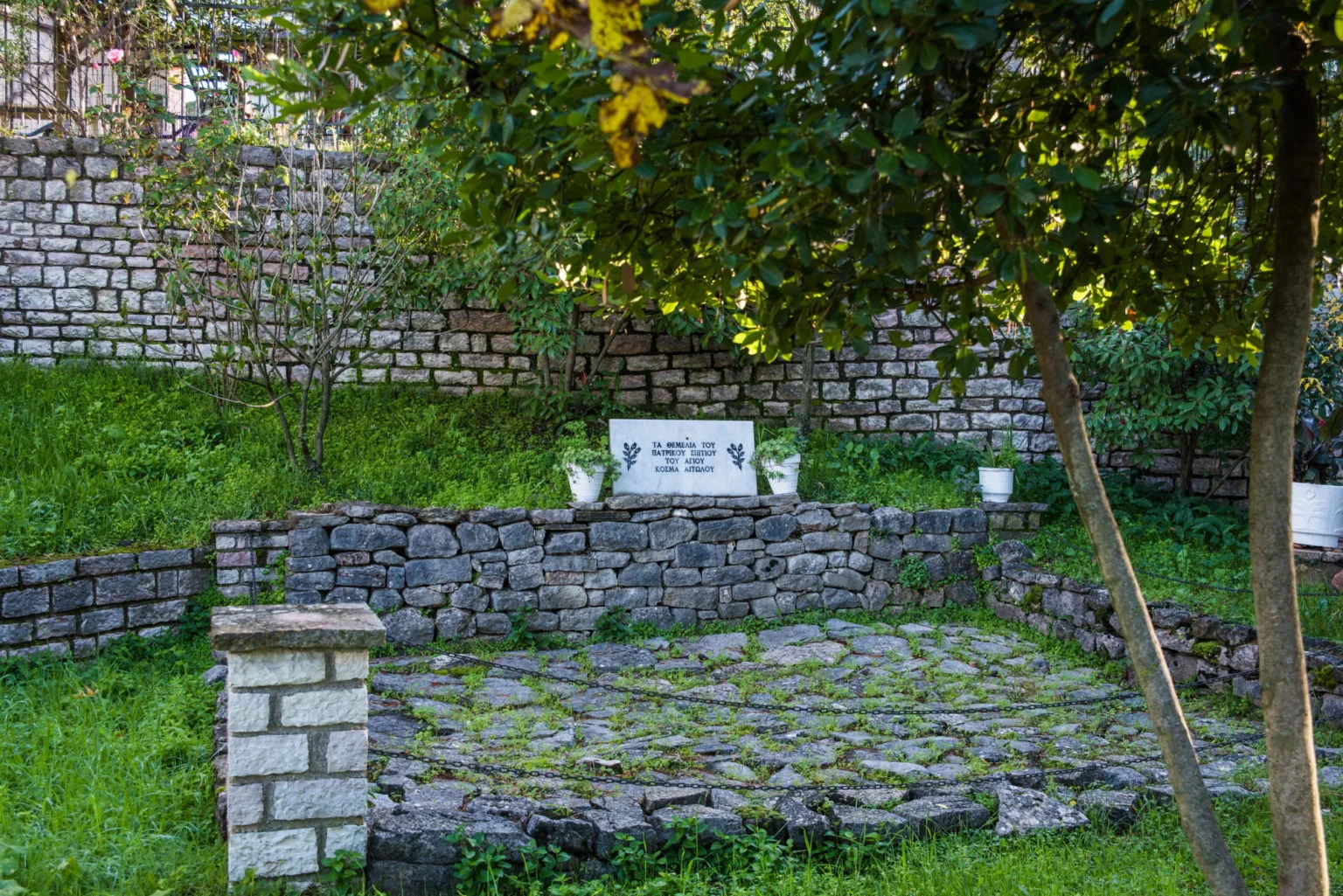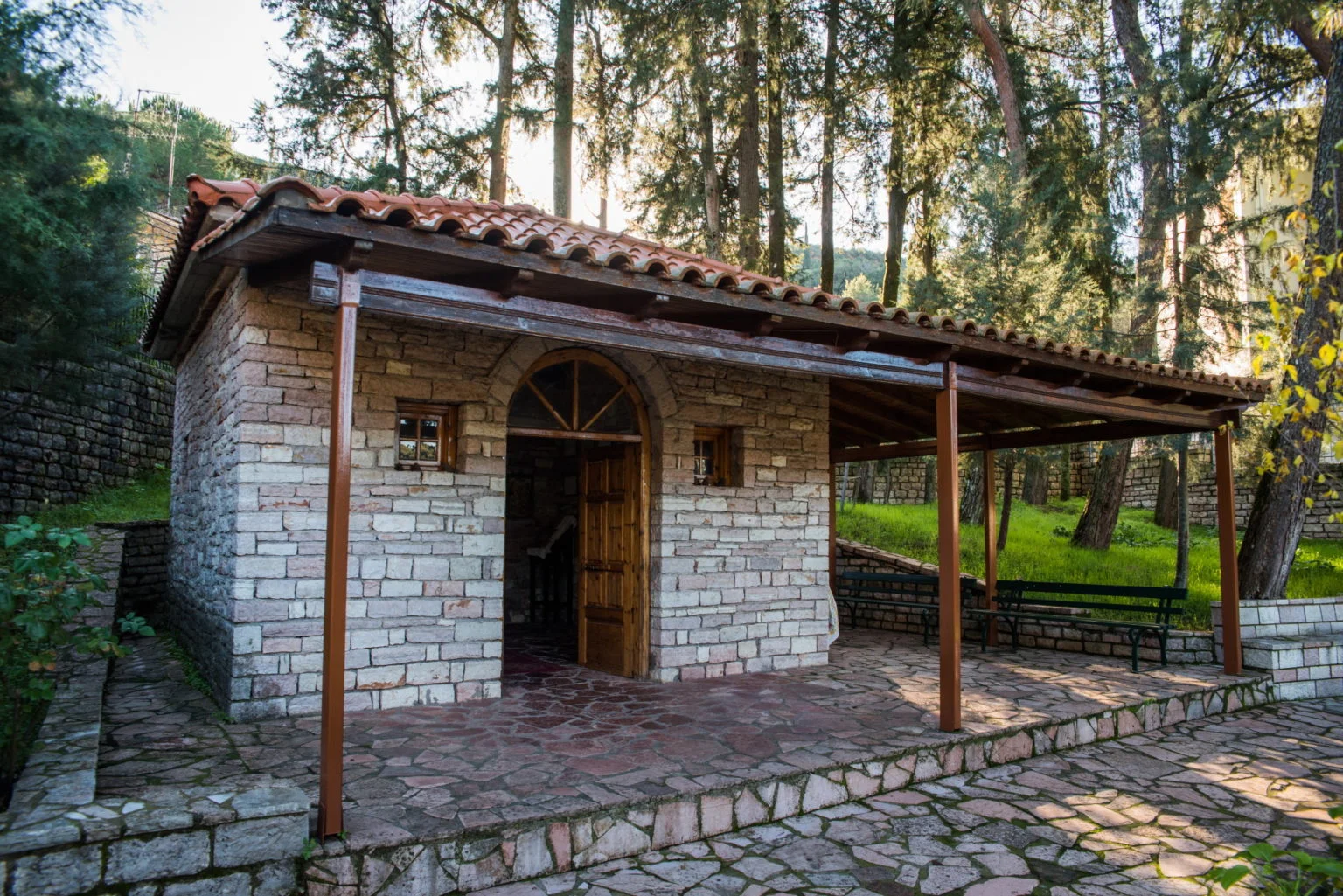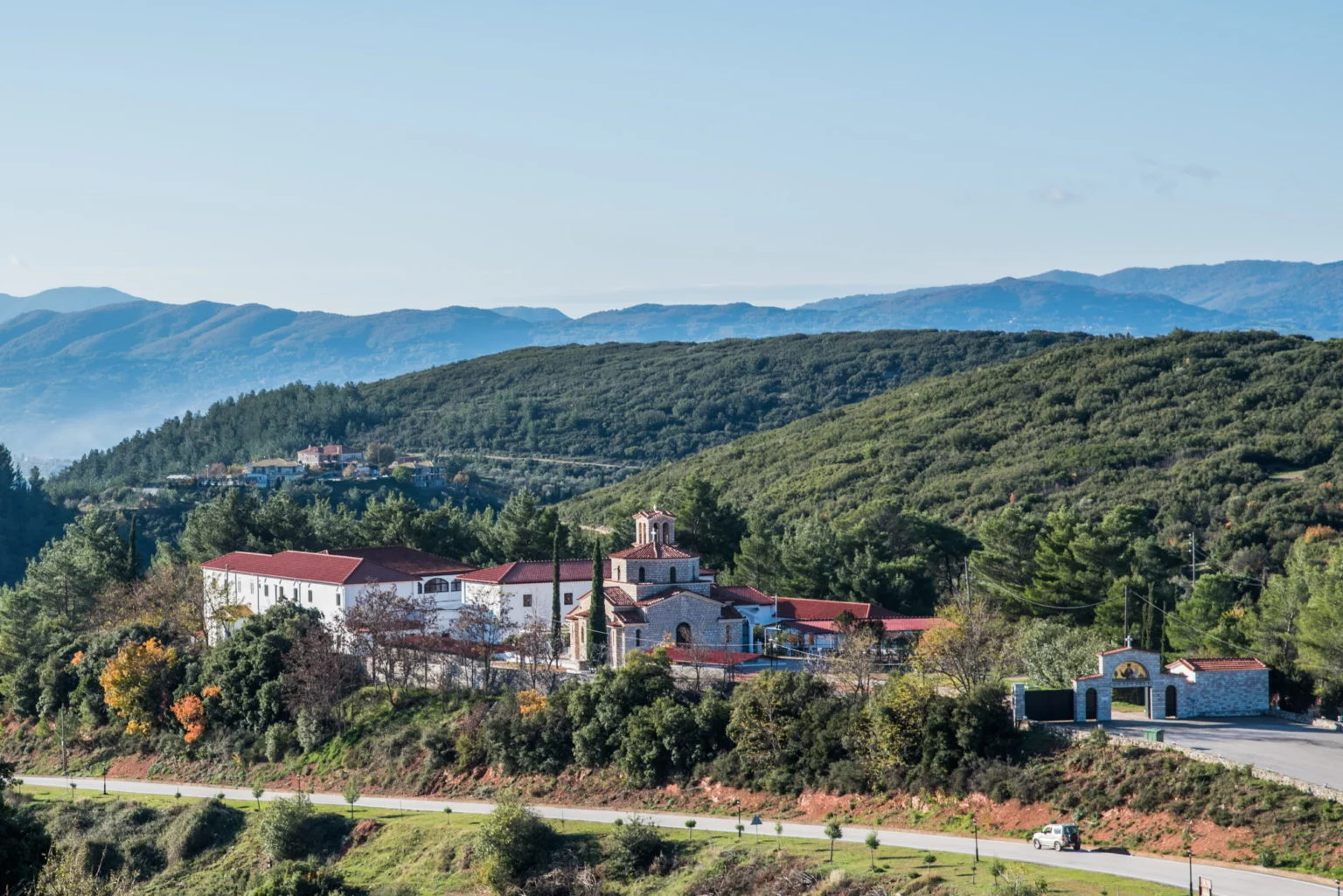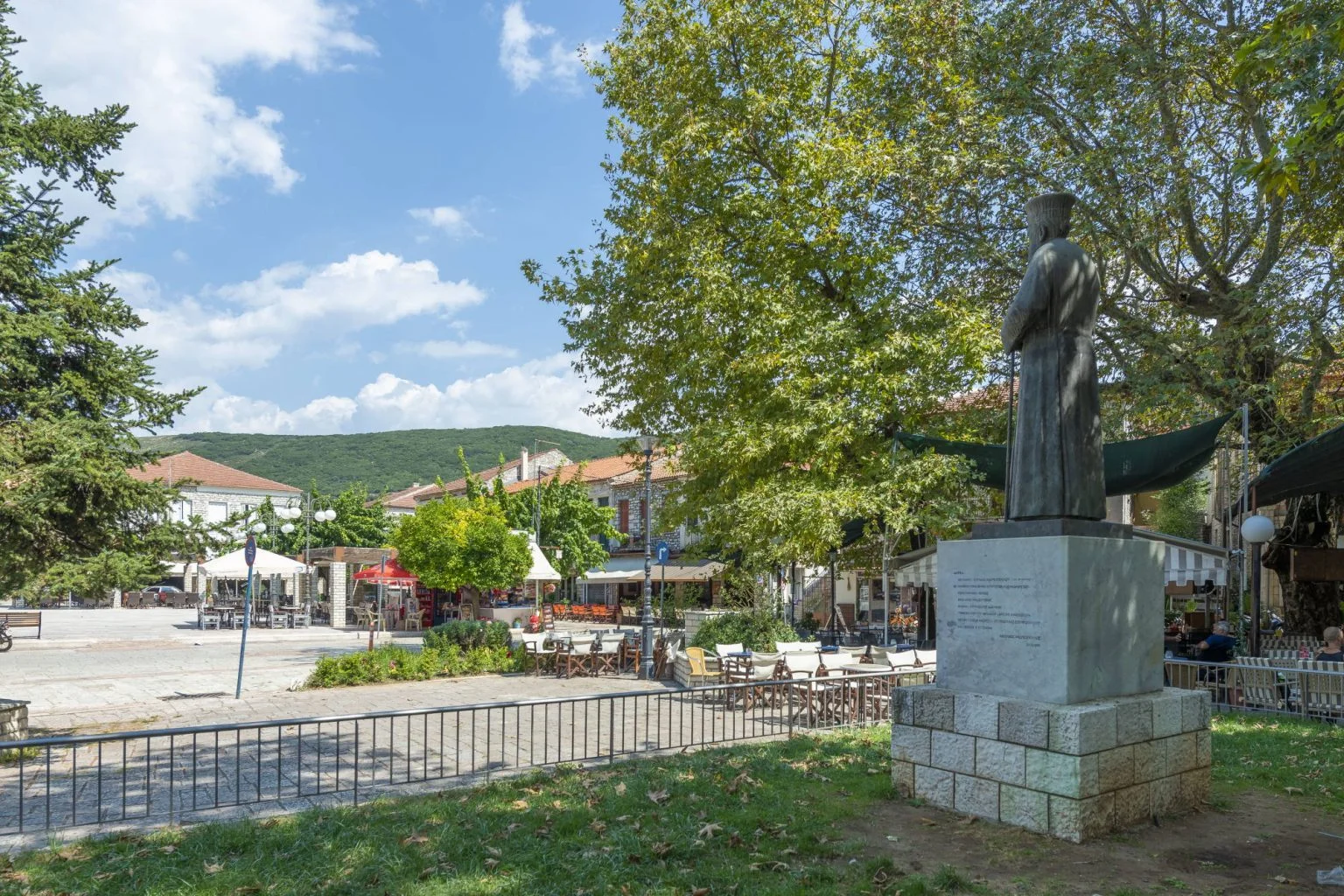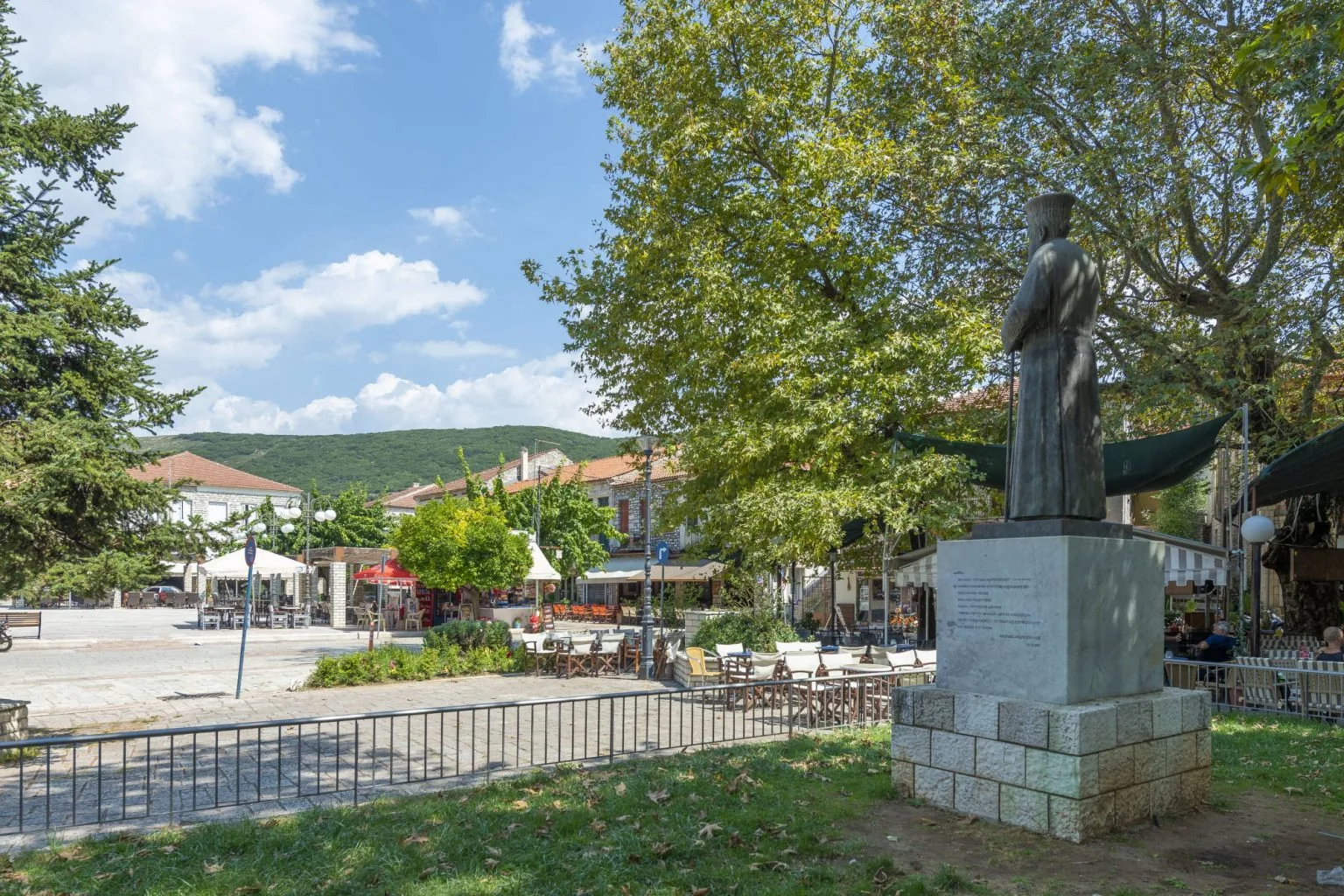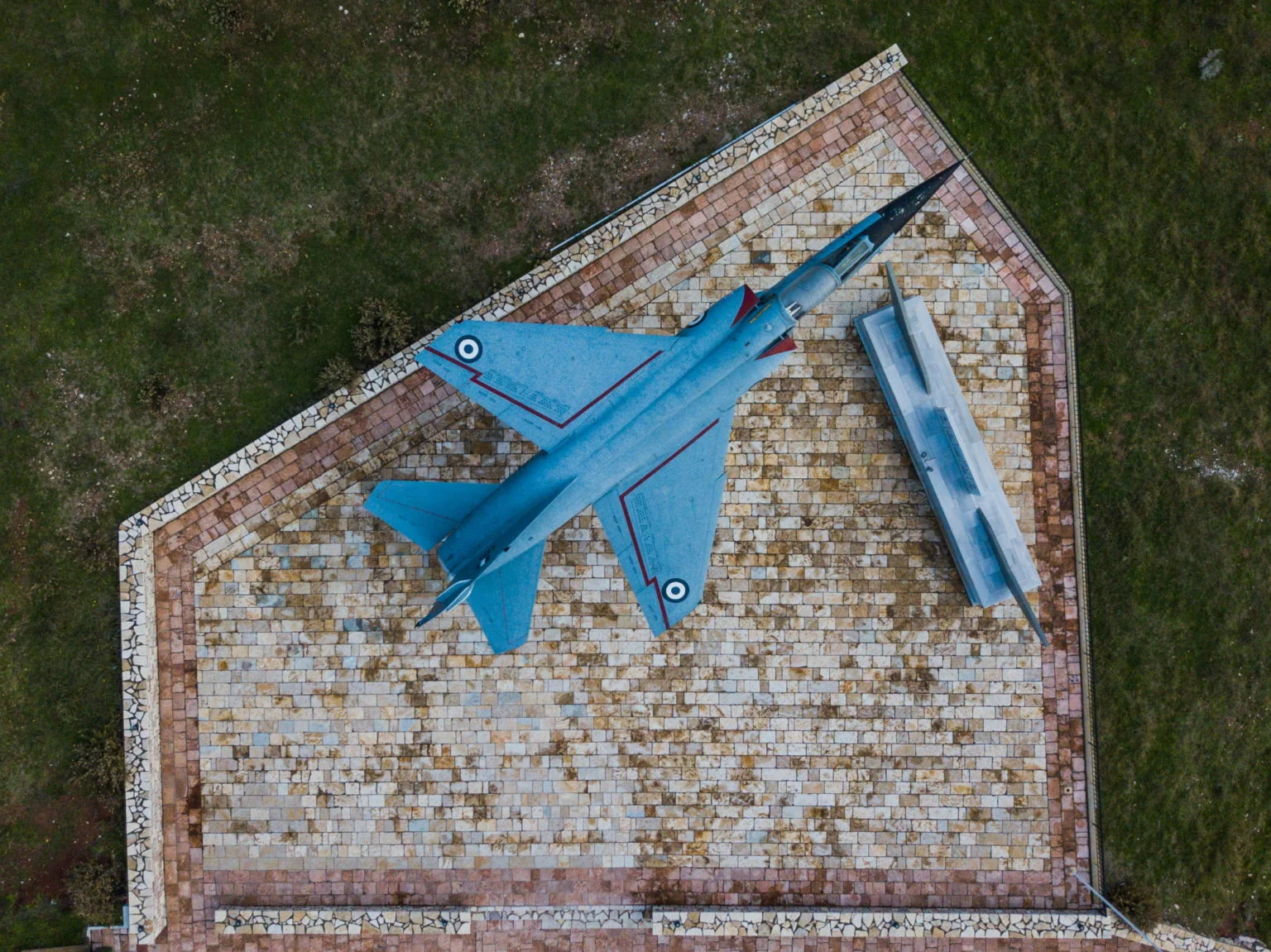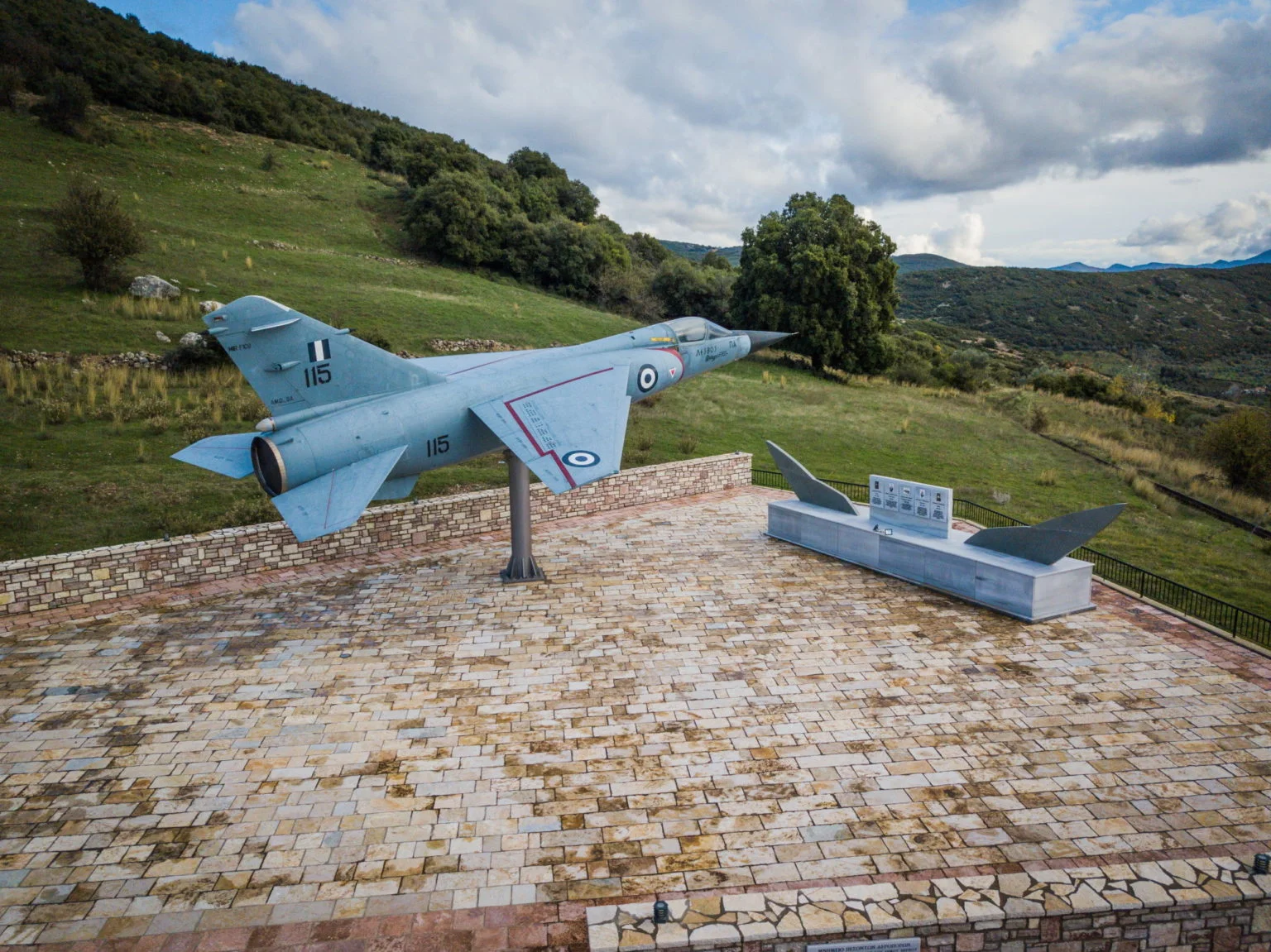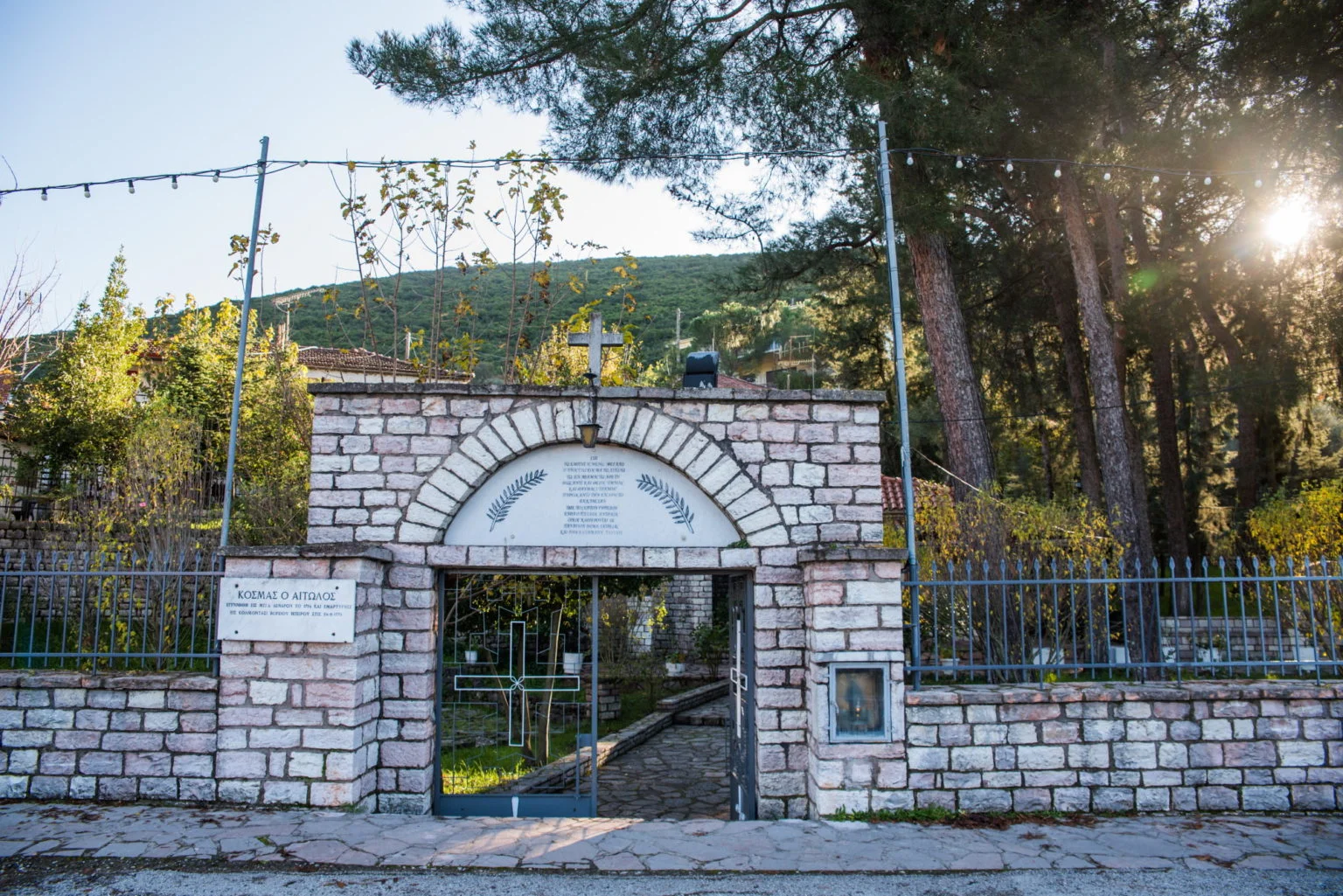Thermo Area
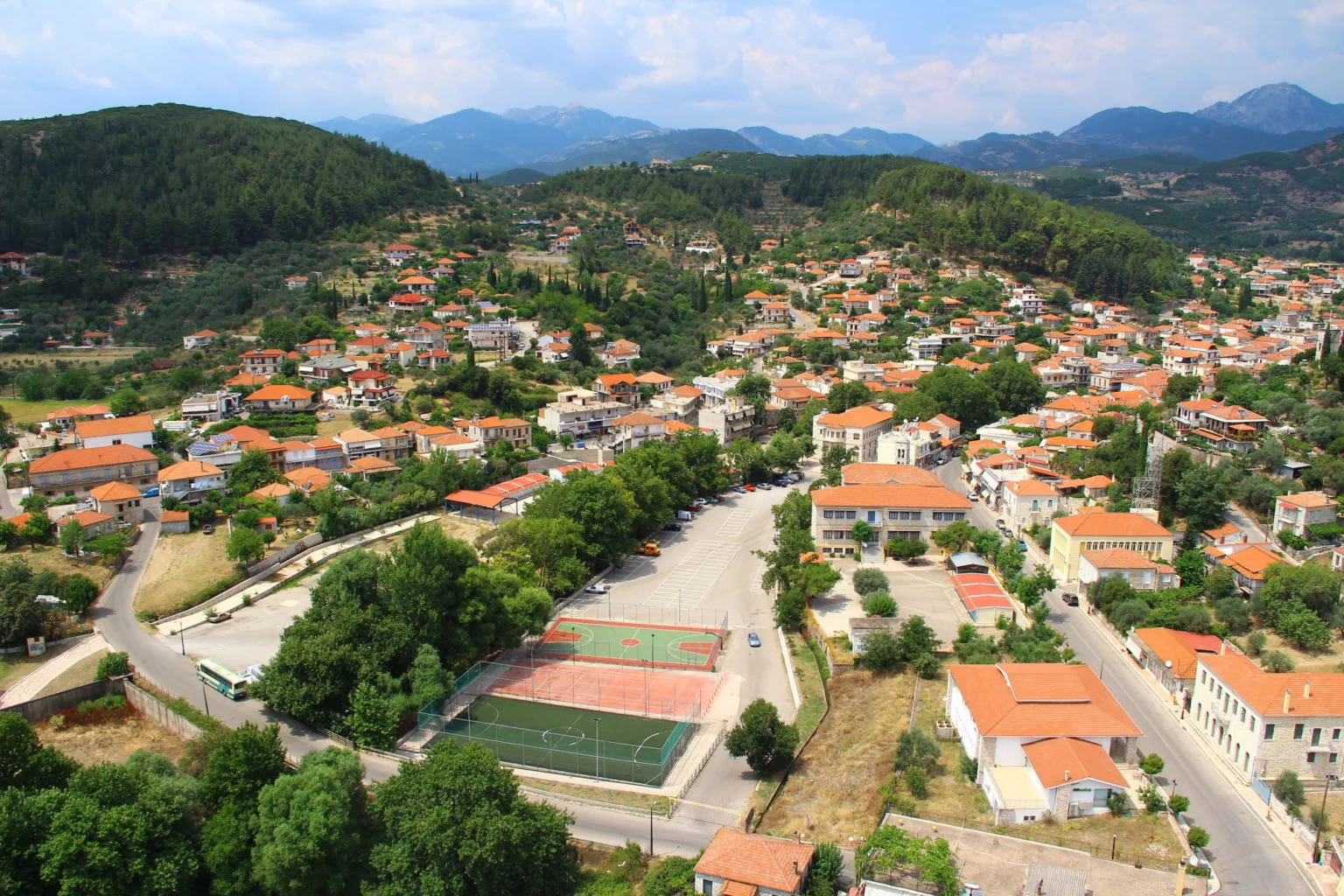
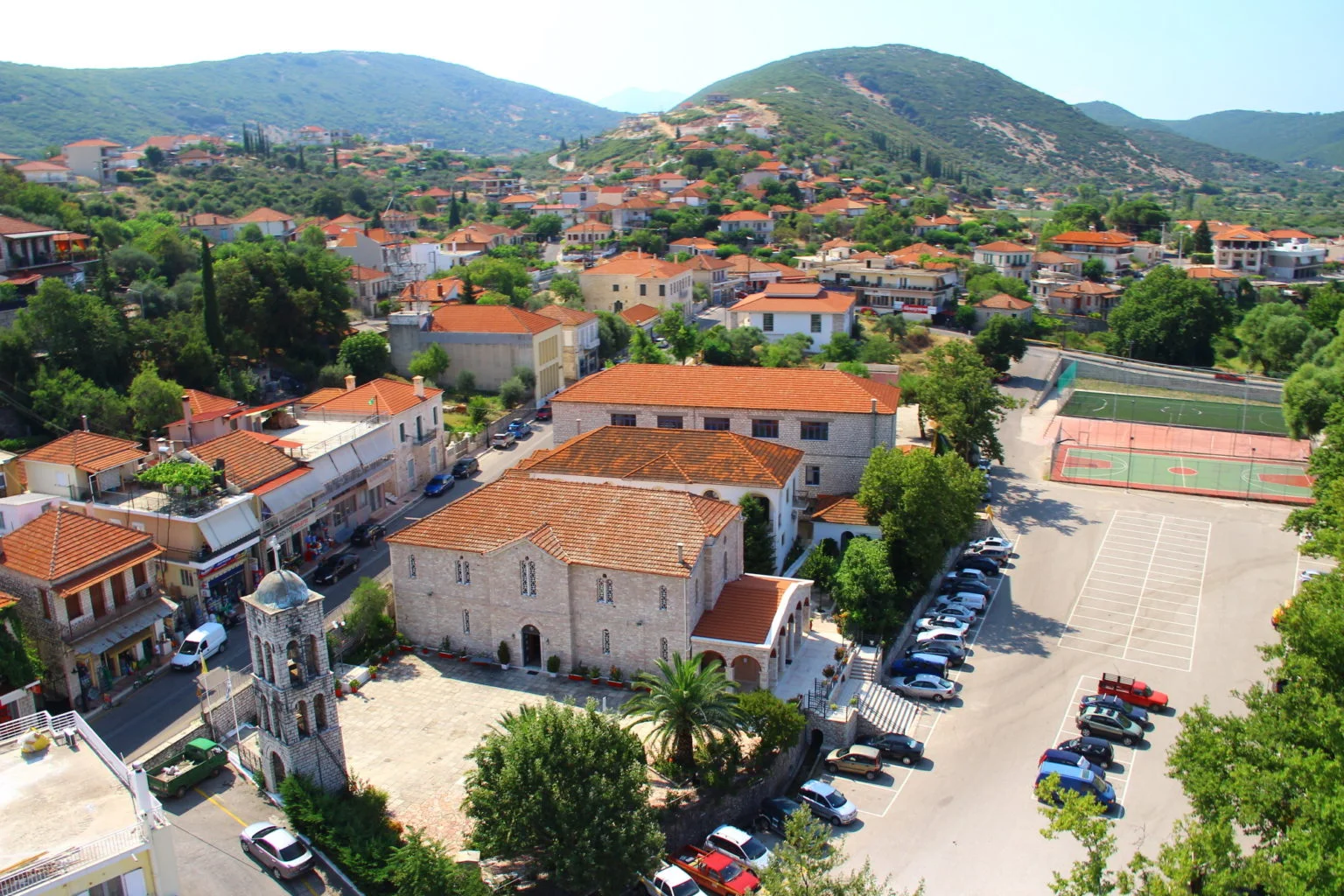
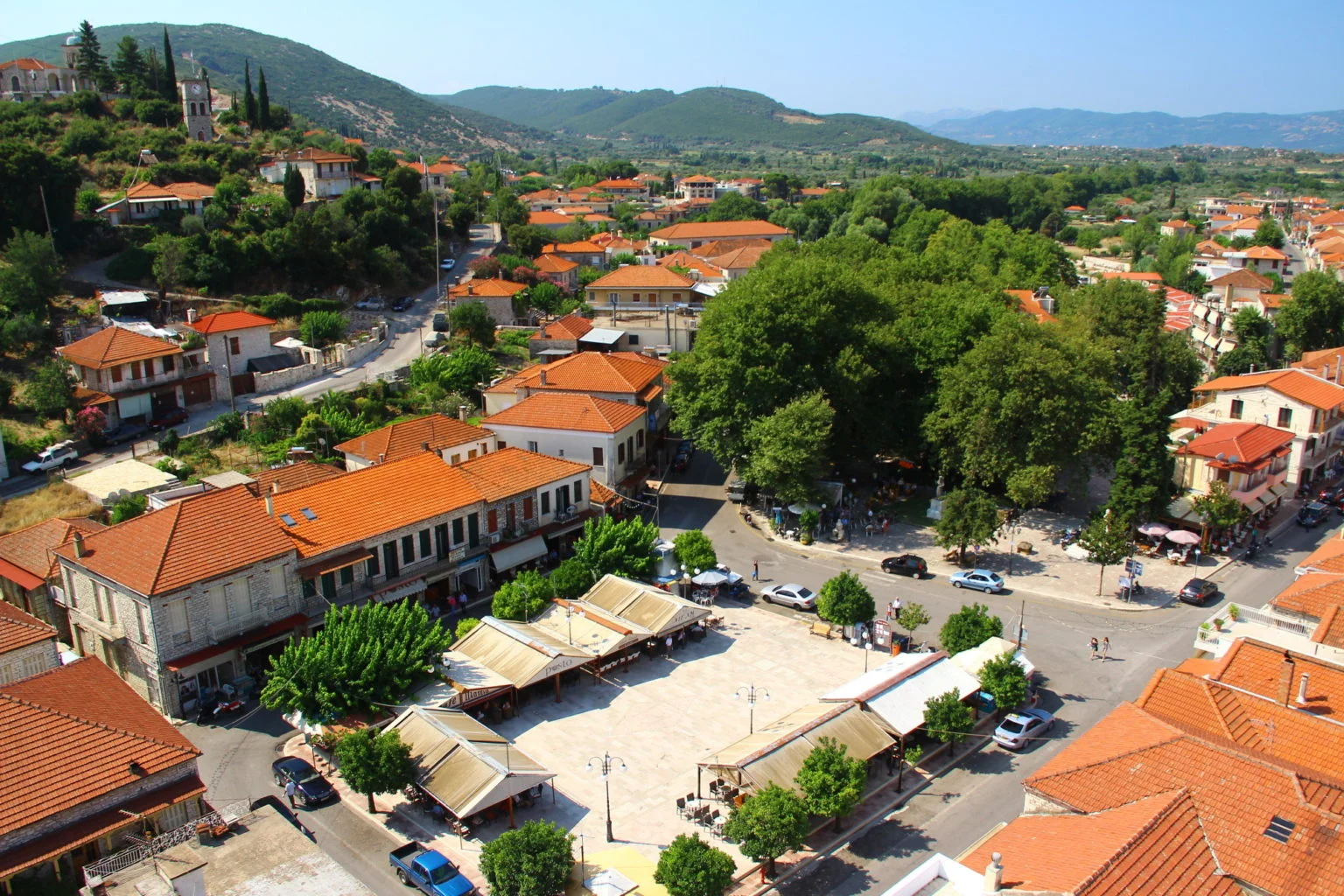
Thermo
Thermo is the seat of the namesake municipality, with a population of 9,299. Thermo has great symbolic significance for Greece, as ancient Thermo was the seat of the Aetolian League, the first democracy in the world!
It is one of the largest municipalities, covering an area of 333.7 sq. kilometres, which include important littoral plains and a wide hilly and mountainous region, which extends to the verges of the East Panaitoliko mountain and hosts the River Evinos and its tributaries Fidakia and Gidomantritis.
The Municipality of Thermo has an unusually rich cultural heritage, as:
- it was the capital of the Aetolian League.
- it is the birthplace of Kosmas Aetolos and many other luminaries.
- it was the place of action of Christian Greek militia.
- it hosts numerous Byzantine monuments.
Thermo unexpectedly impresses visitors with the infinite beauty of its natural landscapes, its ancient trees, abundant waters, spacious public areas and its stone buildings, rare examples of modern architecture. Staying at Thermo can be combined with a number of day trips, as Thermo can serve as a base for getting to know the surrounding area.
The location of Thermo, in the most pivotal position of mountainous Trichonida, serving as a natural gateway to mountainous Nafpaktia, Evritania, is an important comparative advantage for the tourism development of the broader region. It is just 32 kilometres from the large town of Agrinio and 45 kilometres from the town of Nafpaktos.
Lake Trichonida
The vastness of Trichonida, the largest natural lake in Greece, unfolds among the forested slopes of Mount Panaitoliko and the legendary Arakynthos (or Zygos).
Around it, quaint villages accompany it on its solitary travels. Its calm waters, covering a surface of 98 km, a length of 19 km, with a maximum depth of 58 m, provide shelter to many species of fish and birds, some of which are rare.
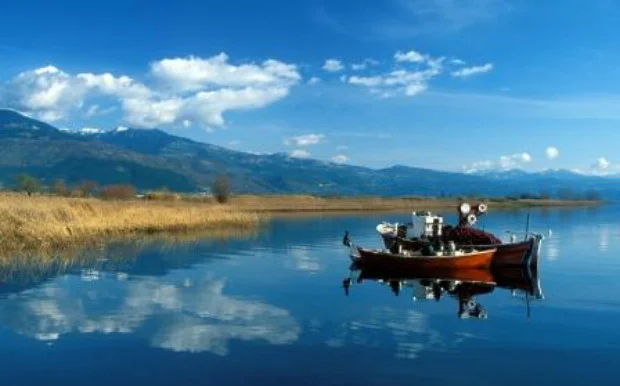
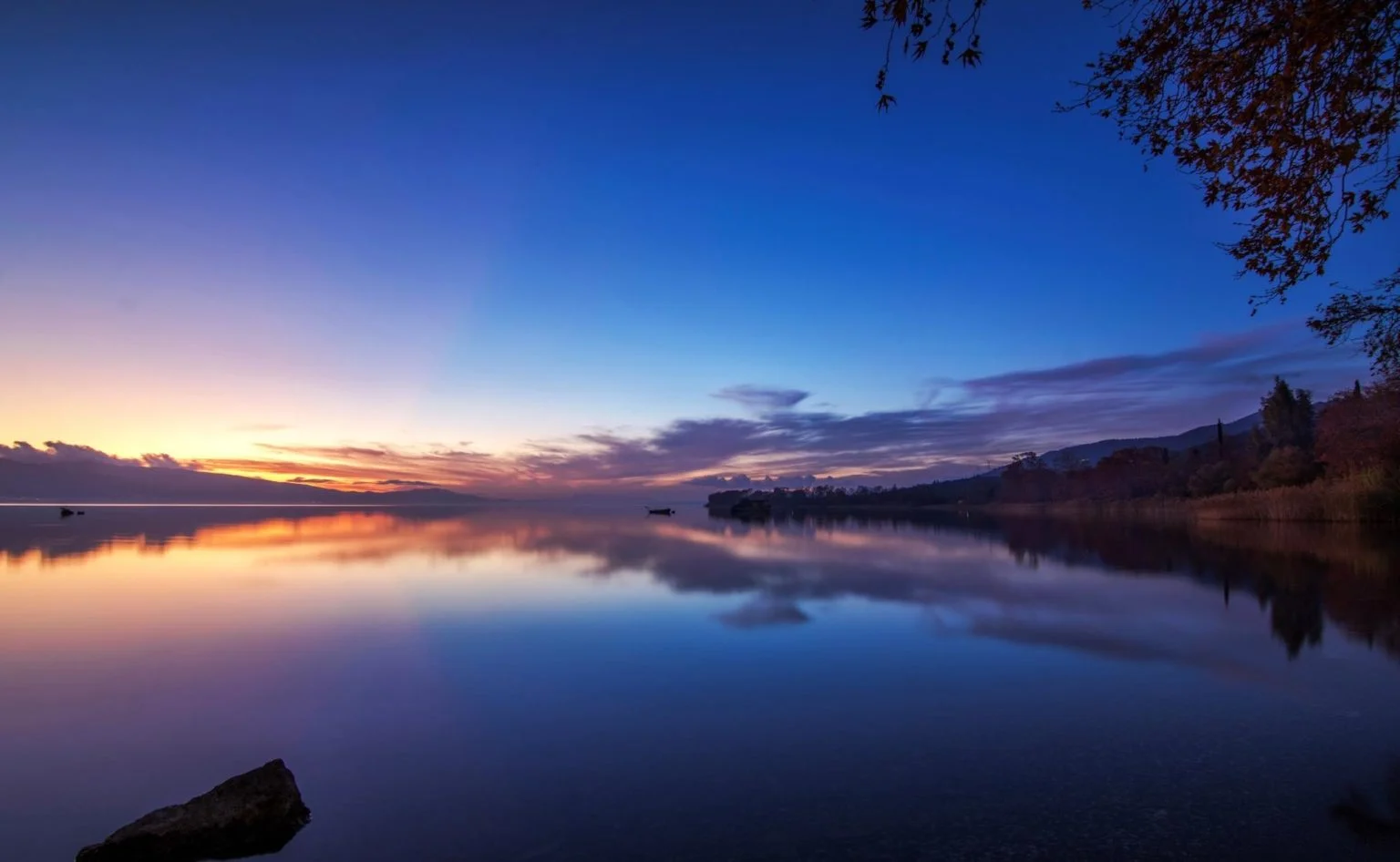
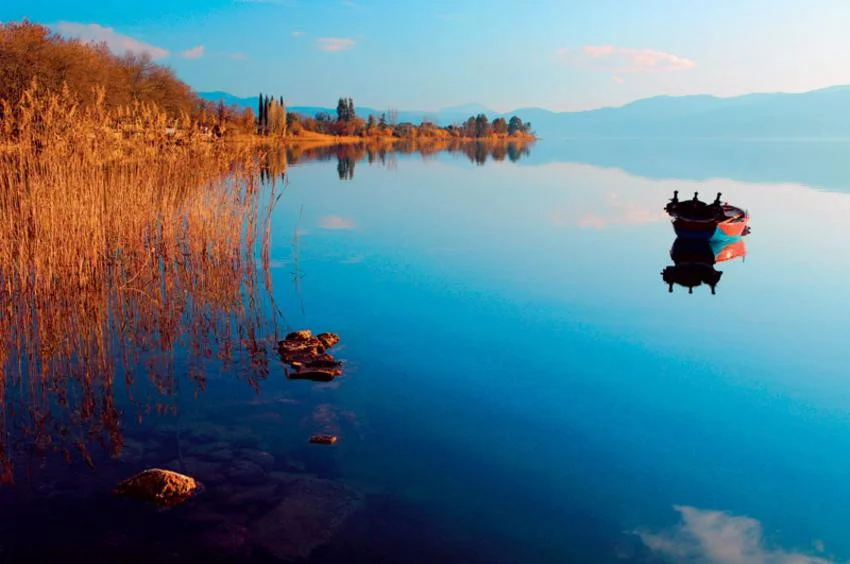
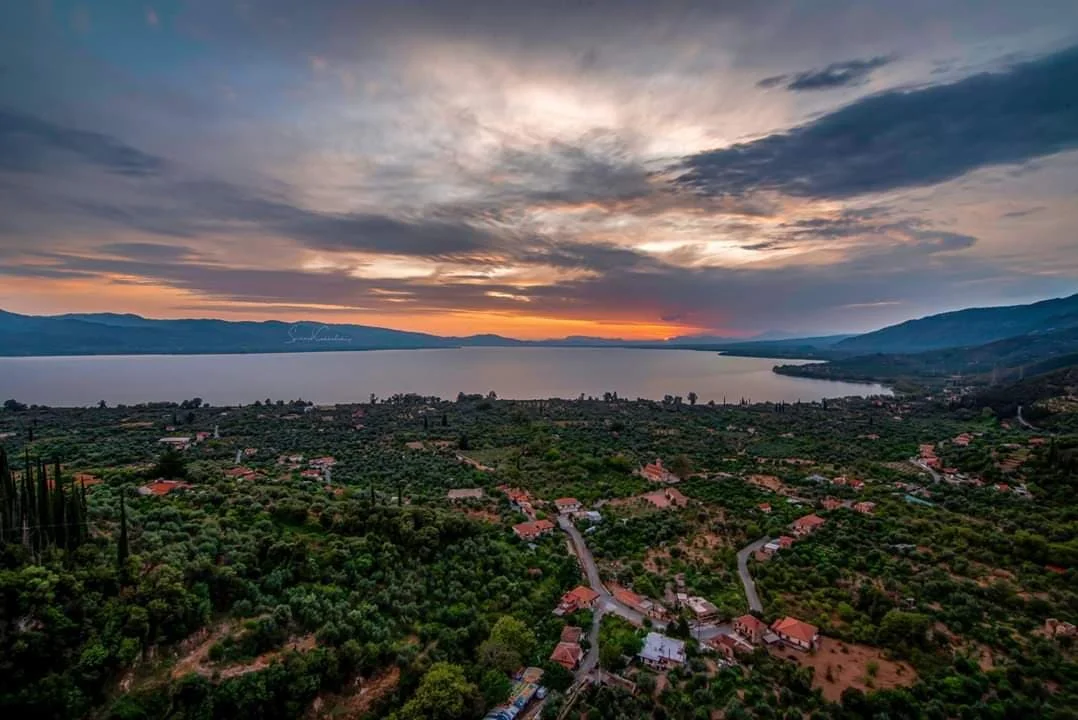
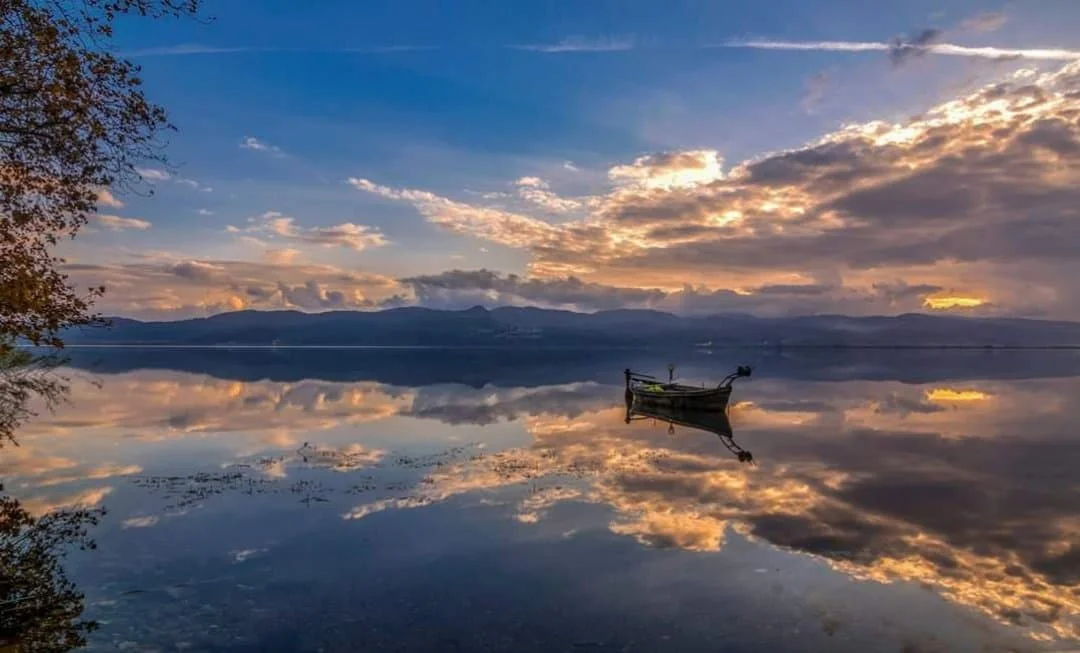
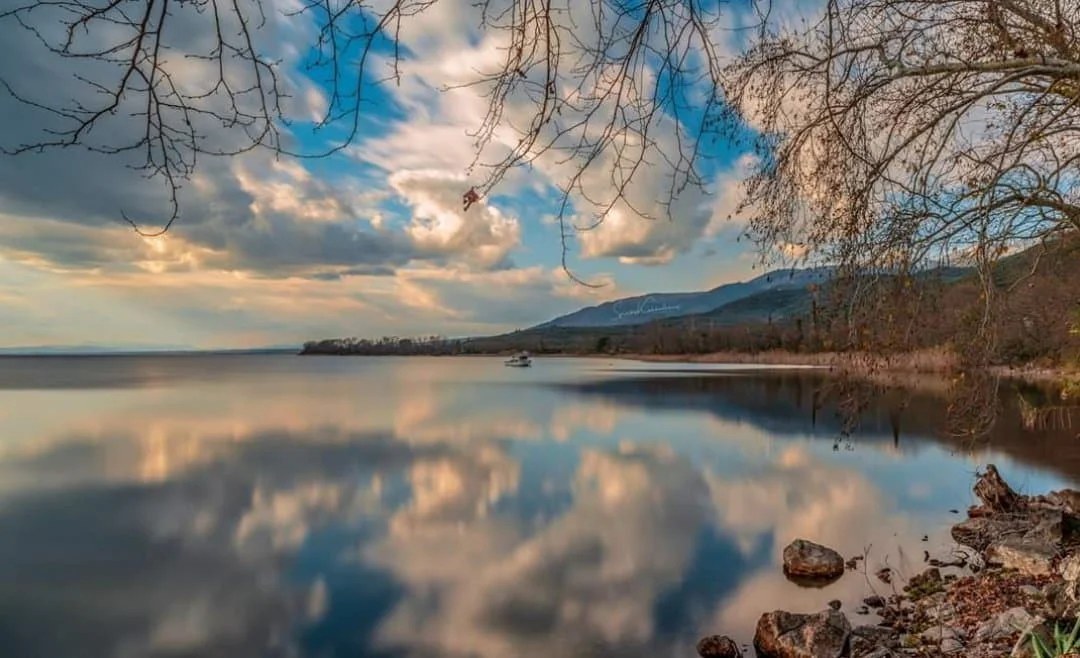
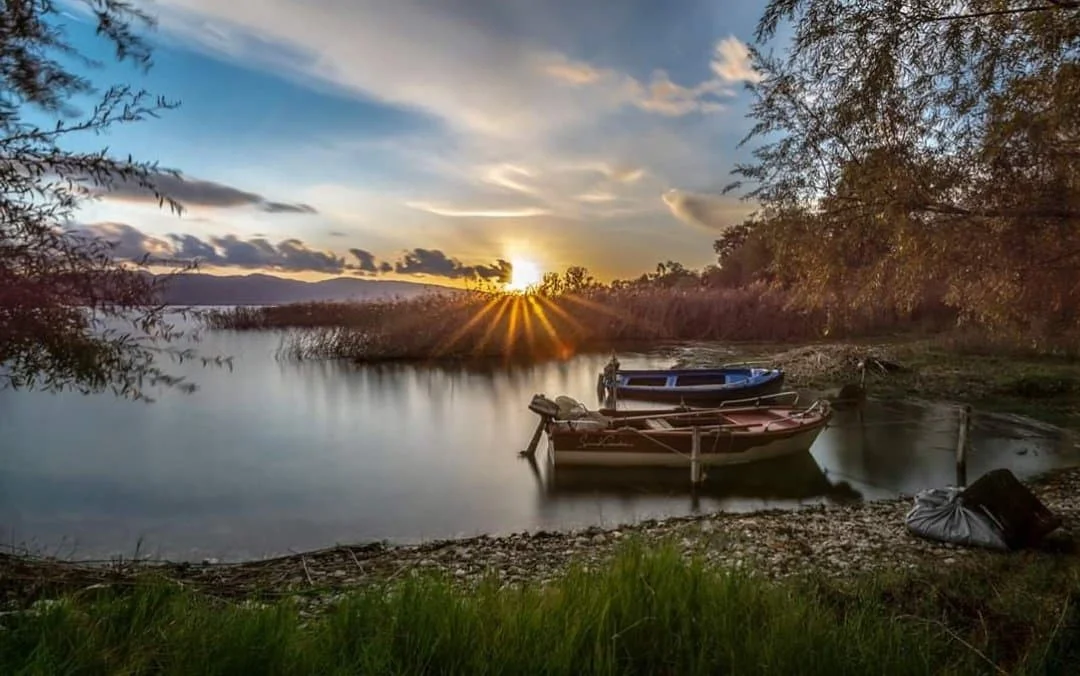
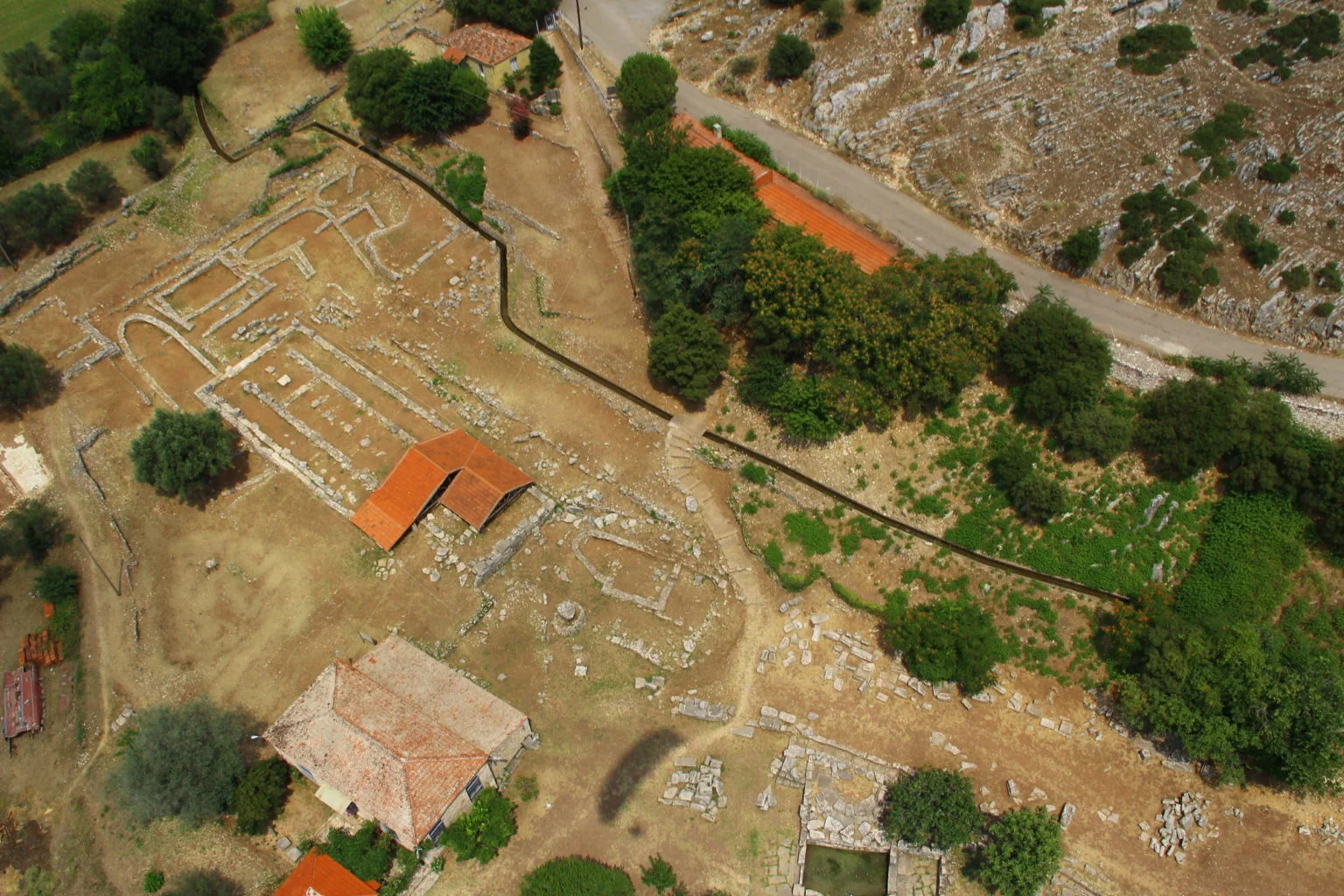
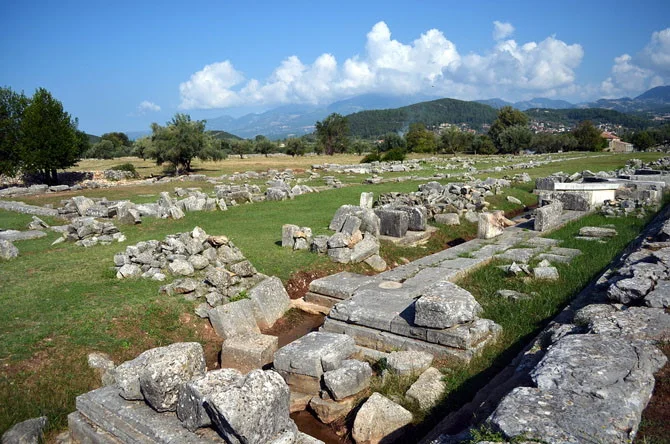
Ancient Thermo
The ancient city of Thermo was the most important in Aetolia, and the administrative and religious centre of the Aetolian League. The archaeological site, featuring numerous public buildings and temples, bears witness to the history of the city.
According to Polyvios (203 – 120 BC) , the city was located on a plateau he termed the “field of Thermo”, while he called the city itself the acropolis of all Aetolians. Every year in September, the Aetolians who were entitled to vote gathered in the city to decide on matters of war, peace and alliances and to elect the instruments of the League. The city had no walls. It was destroyed twice, in 218 and 206 BC, by Philip V.
The city hosted the great temple of Apollo Thermios. The temple was 12 metres wide and 38 metres high. It had two main architectural phases: the archaic, with important ceramic decorations and the phase of the 3rd century BC Its columns were made of wood on stone bases. There were also two other, smaller temples, those of Lyseios Apollo and of Lafria Artemis. Other constructions that existed in the city include two stoas, in the east and west, the chamber of deputies and a fountain, while ellipsoidal and quadrangle buildings and two mansions of the pre-Christian era have been found.
The new town of Thermo is located about one kilometre from the ancient city. Kosmas Aetolos was born in the village of Megalo Dendro, just outside the city.
Sights
- Stone buildings, streams and ancient trees in the centre of the picturesque town of Thermo.
- The archaeological site with the Temple of Apollo and the new museum of the city.
- Lake Trichonida, the largest natural lake in Greece!
- The Mokistiano waterfalls, in a landscape of incredible beauty, between the villages of Hagia Sophia and Myrtia.
- The stone bridge of Artotiva, the oldest stone arched bridge in the Prefecture of Aetoloakarnania.
- Water mills and fulling mills in the villages of Hagia Sophia and Myrtia.
- The Environmental Education Centre.
- The Monastery of Saint Paraskevi, which features a representation of the hidden school that operated there, with waxworks.
- The historic monastery of Myrtia, Isodia tis Theotokou, which was founded in 1491.
- The double church of Hagios Nikolaos/Taxiarches in the village of Hagia Sophia, built with materials from the ancient temple of Artemis. The same area hosts the 13th-century ruined church of Saint Sophia.
- Evinos River. The mountainous areas the river passes host many small villages, bridges and ravines. The area is ideal for rafting and other activities.
- The church of Hagios Georgios the Martyr (1847), a chapel with five domes located in the village of Argiro Pigadi.
- Monument to the fallen aviators.
- The house of Saint Kosmas the Aetolian.
- The monastery of Saint Kosmas the Aetolian.
- Archaeological museum of Thermo.
- Agia Sophia’s springs.
